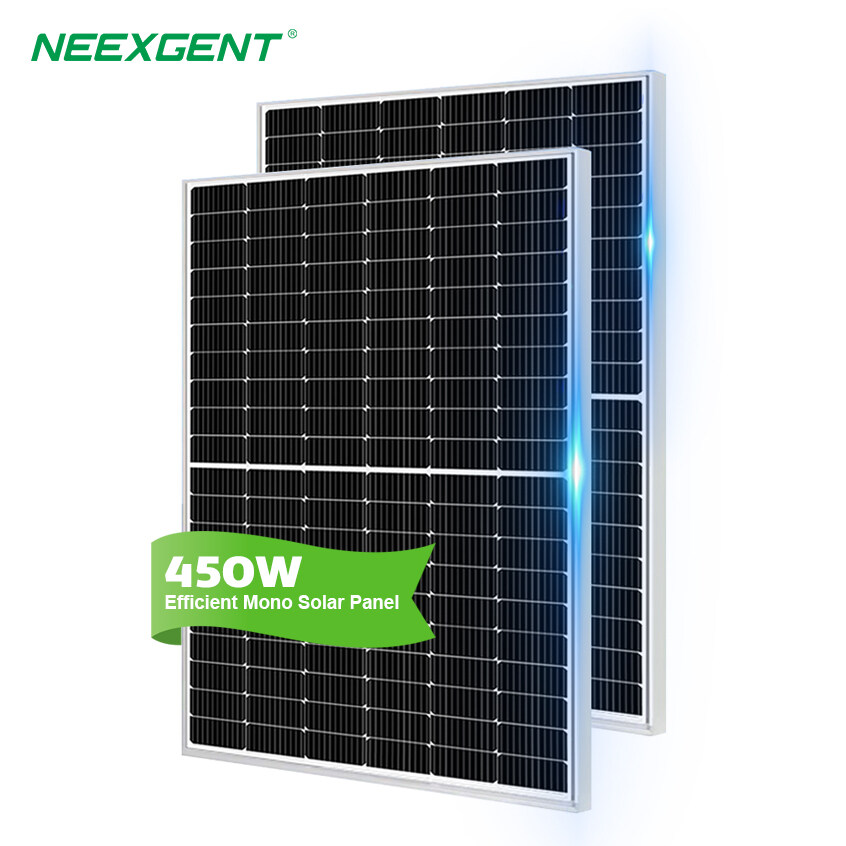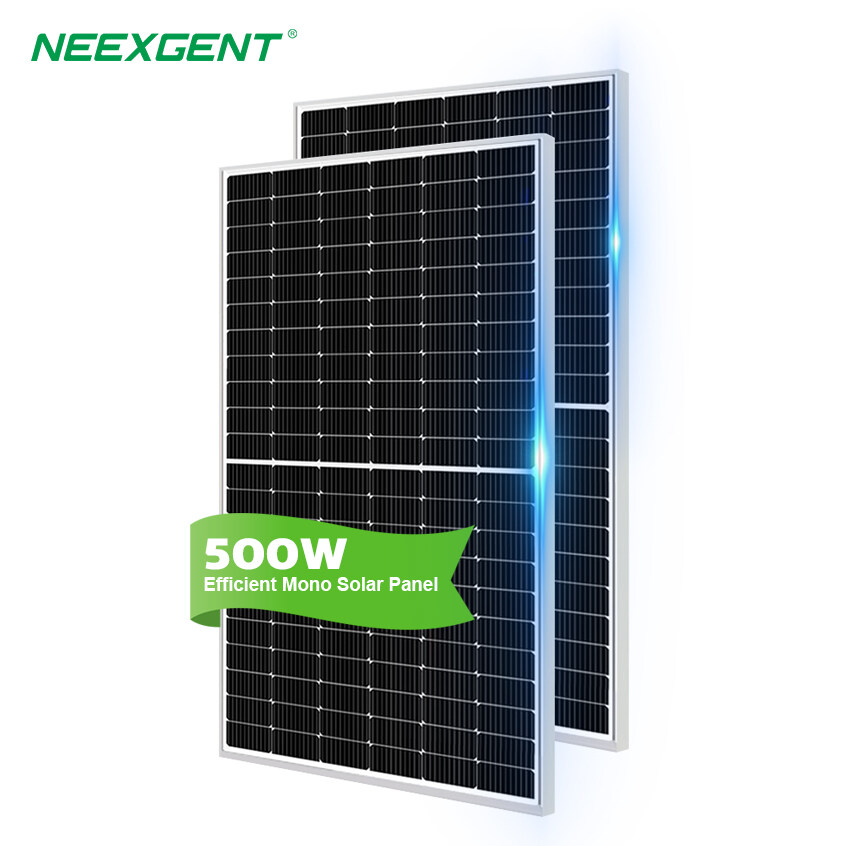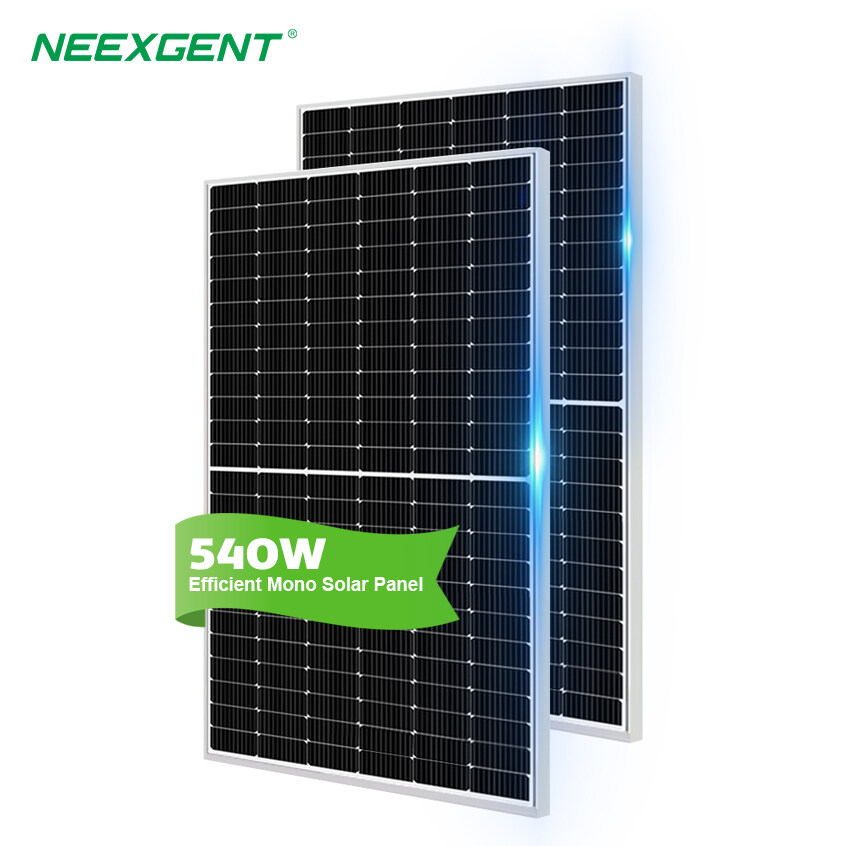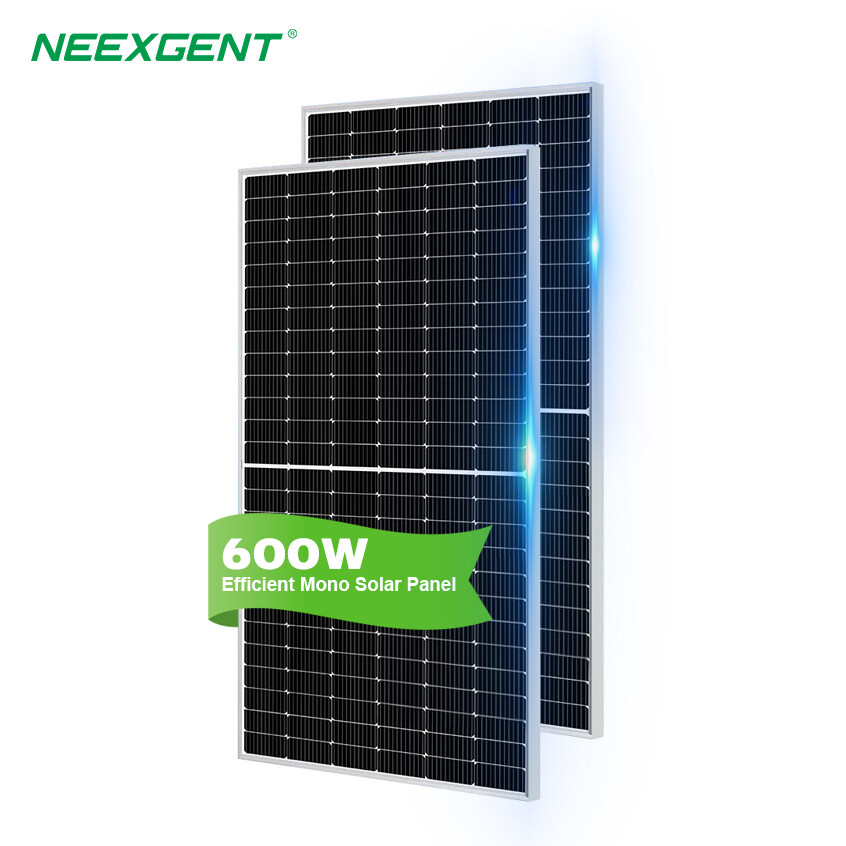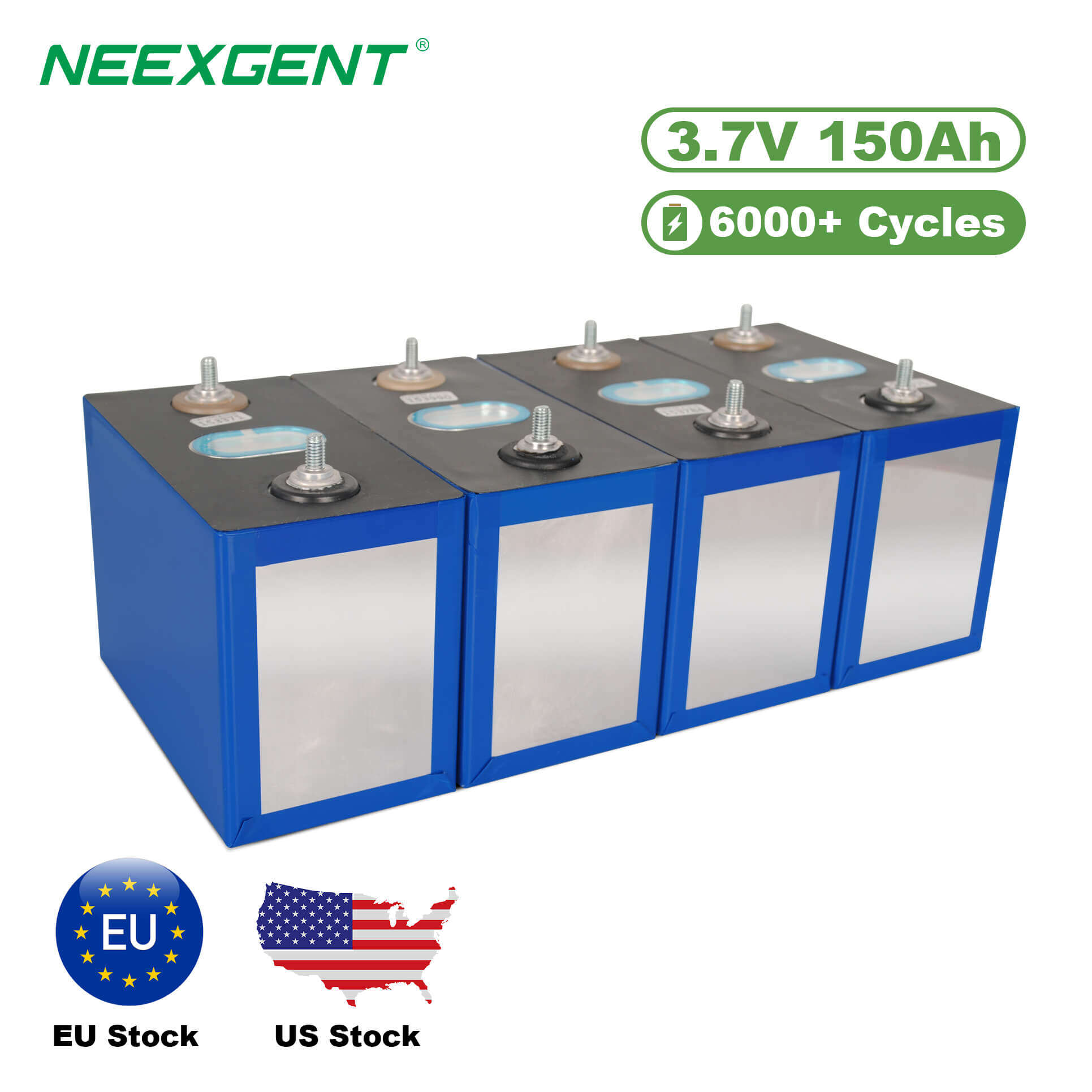As the global demand for clean energy rises, new and innovative solutions are emerging to overcome land constraints and maximize energy generation. One such breakthrough is the development of floating solar farms—large-scale photovoltaic systems installed on bodies of water rather than on land. These floating solar arrays are revolutionizing the way we think about renewable energy infrastructure.
In this article, we will explore what floating solar farms are, how they work, their advantages and limitations, key global installations, and their growing role in the global transition to clean energy.
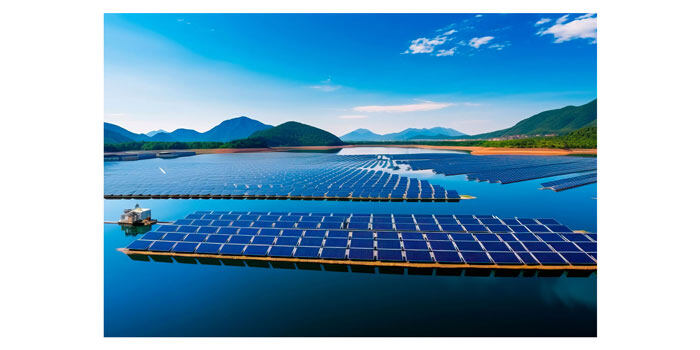
What Is a Floating Solar Farm?
A floating solar farm, also known as a floatovoltaic system, is a solar power installation where photovoltaic panels are mounted on structures that float on water. These systems are typically deployed on reservoirs, lakes, ponds, irrigation canals, or even quarry lakes.
Unlike traditional solar farms that require large tracts of land, floating solar panels utilize unused water surfaces, making them especially valuable in regions where land is expensive, scarce, or unsuitable for ground-based systems.
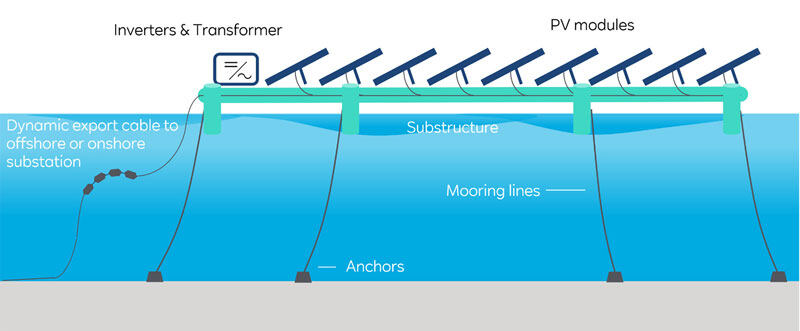
How Floating Solar Farms Work
The core components of a floating solar system include:
-
Photovoltaic panels: These convert sunlight into electricity, just like conventional solar systems.
-
Floating platforms: Usually made of high-density polyethylene (HDPE), these platforms hold the solar panels above water.
-
Anchoring and mooring systems: Cables and weights anchor the structure to the lakebed or shoreline to ensure it stays in place.
-
Inverters and cabling: These convert direct current (DC) generated by the panels into alternating current (AC) for grid use.
-
Monitoring systems: Ensure real-time performance tracking and safety oversight.
Floating solar farms can be connected to the local power grid or used for off-grid applications, such as powering water treatment plants or agricultural operations.
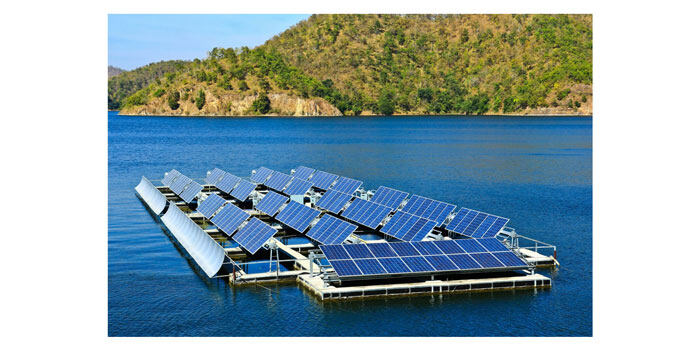
Key Benefits of Floating Solar Farms
1. Efficient Land Use
Floating solar farms eliminate the need to compete for valuable land, making them ideal for urban and industrial areas where open land is limited. They can be deployed on existing water bodies, such as utility reservoirs or abandoned mining pits.
2. Reduced Water Evaporation
The presence of solar panels blocks sunlight, reducing the evaporation rate of water bodies—an important benefit in arid and drought-prone regions.
3. Improved Solar Panel Efficiency
The cooling effect of water helps reduce the temperature of the panels, increasing their efficiency compared to land-based systems. Studies have shown that floating panels can generate up to 10–15% more electricity.
4. Environmental Preservation
By not using farmland or forested land, floating solar helps preserve ecosystems and avoids land clearing. Some designs also allow aquatic life to thrive underneath the arrays.
5. Synergy with Hydropower
Floating solar can be co-located with hydroelectric dams, sharing transmission infrastructure and helping to balance power supply during dry seasons when water levels drop.
Challenges and Limitations
While floating solar farms offer many advantages, they also come with some challenges:
1. Higher Initial Costs
The specialized materials and anchoring systems required for floating installations can increase the upfront cost compared to land-based systems.
2. Maintenance Complexity
Accessing and maintaining equipment on water can be more difficult and may require specialized boats or walkways.
3. Environmental Considerations
Although floating systems can protect aquatic ecosystems, poorly designed installations may affect water oxygenation or block sunlight needed by submerged plants. Proper environmental assessments are critical.
4. Weather and Water Conditions
Floating solar farms must be designed to withstand wind, waves, and changes in water levels. In regions with typhoons or freezing temperatures, design considerations become more complex.
5. Regulatory Barriers
In some countries, regulatory frameworks for using water surfaces for energy projects are still under development, which may delay approvals.
Real-World Examples of Floating Solar Farms
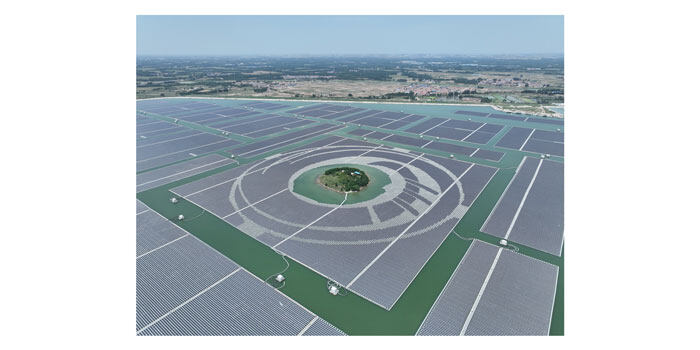
China – Dezhou Dingzhuang Floating Solar Plant
China leads the world in floating solar capacity. The Dingzhuang project, with a capacity of over 320 MW, is one of the world’s largest and is located on a former coal mining site that has flooded over time.
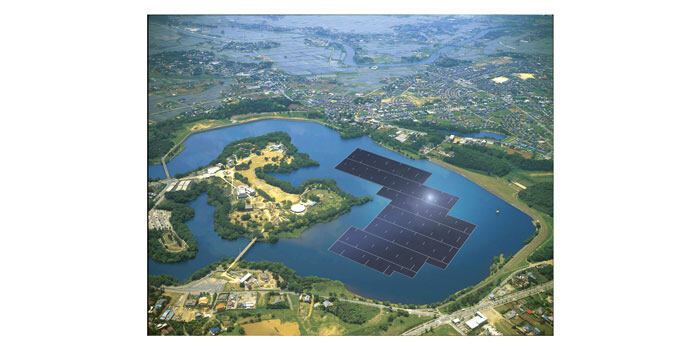
Japan – Yamakura Dam Solar Plant
Japan, with limited land resources, has embraced floating solar. The 13.7 MW plant on the Yamakura Dam reservoir supplies power to thousands of homes in Chiba Prefecture.
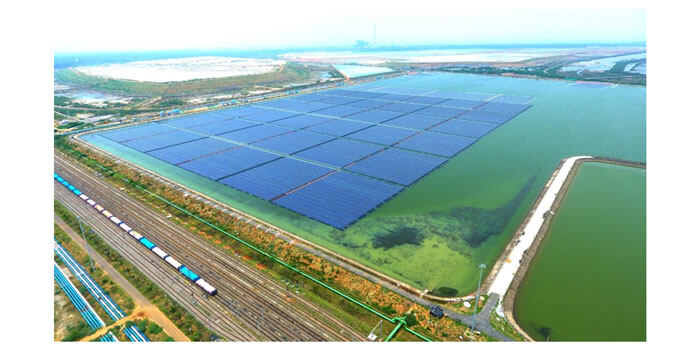
India – Ramagundam Floating Solar Plant
India has developed the Ramagundam Floating Solar Plant in Telangana, with a capacity of 100 MW, situated on a thermal plant reservoir—an example of hybrid energy use.
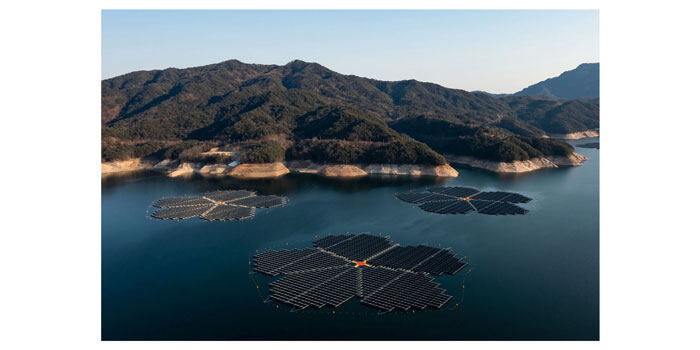
South Korea – Hapcheon Dam Project
Korea’s 41 MW floating solar project on Hapcheon Dam is a key part of its national carbon neutrality strategy, combining solar with hydropower.
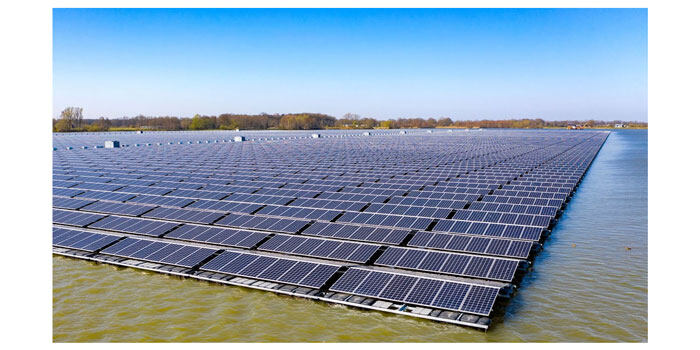
Netherlands – Bomhofsplas Floating Park
Europe’s largest floating solar farm, located in the Netherlands, is designed to track the sun and withstand harsh weather, providing power to thousands of households.
Future Outlook and Potential
The global floating solar market is expected to grow rapidly. According to the World Bank, technical potential exceeds 400 GW on man-made reservoirs alone.
Floating solar is particularly promising in:
-
Asia: Where land is scarce and energy demand is high.
-
Africa: For off-grid electrification and agriculture.
-
Europe: In the transition away from fossil fuels while preserving land use.
New innovations—like bifacial floating panels, dynamic mooring, and hybrid solar-wind-water systems—are expanding the possibilities even further.
Conclusion
Floating solar farms represent a powerful solution to the dual challenge of clean energy generation and land conservation. By utilizing idle water surfaces, they can increase renewable energy output without disturbing land-based ecosystems or food production. With global interest accelerating and technology improving, floating solar is set to play a pivotal role in the future of sustainable energy.
Governments, developers, and utilities around the world are beginning to recognize its value—not just as an alternative to land-based solar, but as a unique and essential part of a diversified, resilient clean energy strategy.
FAQs
Can floating solar farms help reduce algae growth in water bodies?+
Yes, by limiting sunlight penetration into the water, floating solar panels can reduce the conditions that lead to excessive algae blooms, improving water quality in some reservoirs.
Do floating solar systems impact recreational use of lakes or reservoirs?+
In many cases, floating solar farms are installed in restricted or underutilized water areas. Proper planning ensures they do not interfere with boating, fishing, or other recreational activities.
How long do floating solar systems typically last?+
Most floating solar farms are designed for 25–30 years of operation, with floating structures and anchoring systems built to withstand harsh water and weather conditions over time.
Are there risks of electric shock with floating solar systems?+
Floating solar farms are engineered with strict safety measures, including waterproof cabling, insulation, and grounding systems to ensure safe operation even in wet environments.
What kind of maintenance do floating solar installations require?+
They require periodic cleaning of panels, inspection of floats and anchors, and monitoring of electrical performance—typically performed using boats or floating walkways.

